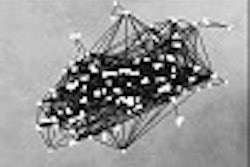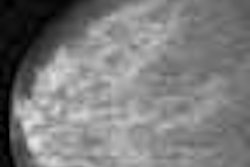Computer-aided detection (CAD) is a promising technology that is changing the way many breast imaging facilities interpret mammograms. But CAD still needs some fine-tuning, in particular to address a high false-positive rate that leaves mammographers relying heavily on biopsy to determine whether CAD-flagged areas really are malignant.
Dear AuntMinnie Member,
Computer-aided detection (CAD) is a promising technology that is changing the way many breast imaging facilities interpret mammograms. But CAD still needs some fine-tuning, in particular to address a high false-positive rate that leaves mammographers relying heavily on biopsy to determine whether CAD-flagged areas really are malignant.
Several articles we’re featuring this week in our Women’s Imaging Digital Community deal with CAD in general, and more specifically with the false-positive dilemma. Our first article, by staff writer Shalmali Pal, tracks the efforts by a joint team from the U.S and Israel to analyze the way CAD reviews microcalcifications to see whether a new data-analysis algorithm could provide high sensitivity with a lower biopsy rate.
Another study, in the same article, tracks the use of a CAD-based lesion-analysis program to improve the characterization of suspicious areas in the BI-RADS 3 category, a tricky gray area that includes lesions that are probably benign but that require follow-up anyway. The CAD application was able to correctly upgrade suspicious lesions to a more serious BI-RADS category with 90% sensitivity, according to the authors.
Finally, in a report from the just-concluded European Congress of Radiology, staff writer Eric Barnes describes the experience German researchers had in test-driving a new version of one of the leading CAD software programs. While sensitivity was only slightly improved, they found that the program was effective in reducing the false-positive rate significantly.
Get all the details in our Women’s Imaging Digital Community, at womens.auntminnie.com.



















